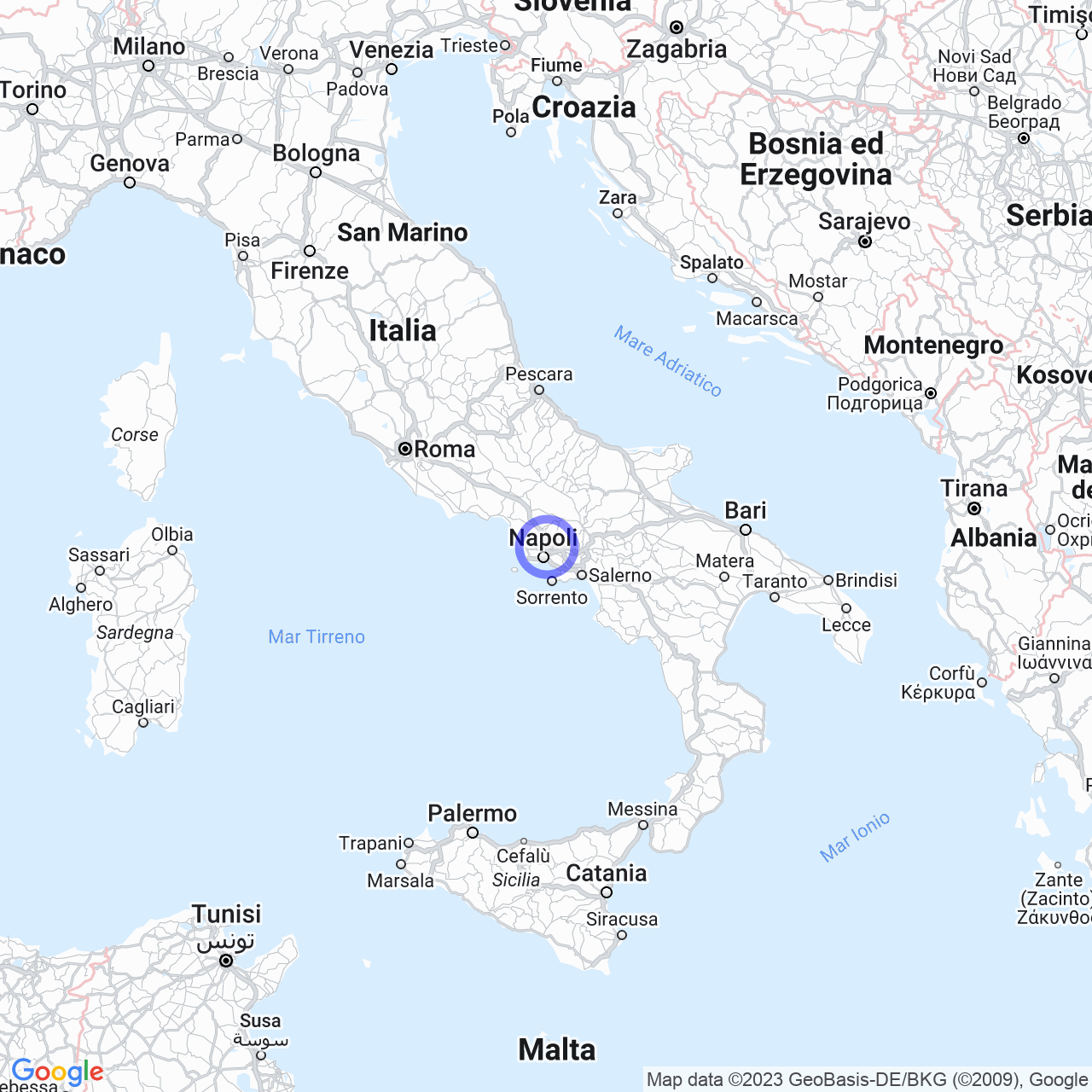Caivano
Caivano: a journey through time and space
Welcome to Caivano, a municipality located in the vast Campanian Plain, north of the Metropolitan Area of Naples, in Campania. With a population of 35,518 inhabitants, Caivano is a city with an ancient and exciting history.
Physical Geography
Caivano is located in a central position, between the regional capital, Caserta, the Aversa countryside, the Nola Area, and the Caudine Valley. Thanks to its position, the city offers several opportunities for excursions and sightseeing.

History
The name "Caivano" derives from the Latin word "Calvius" with the suffix "anus," which indicates feudal ownership. Over time, the "L" was replaced with the vowel "I". The city was already inhabited in the Osco period, but it was the Etruscans, in the 6th century BC, who made the territory inhabitable. In the 4th century BC, the Samnites settled there, and the territory was divided into large patrician estates during Roman domination.
With the Lombard invasion, the area belonged to the Duchy of Benevento, and Caivano was perhaps subject to S. Arcangelo, the fortified Lombard village, which in turn depended on the Gastaldato of Suessula. With the advent of the Normans, it became a hamlet of the Duchy of Naples. Alfonso V of Aragon occupied Caivano to conquer the besieged castle for three months, eventually obtaining a surrender.
The castle of Caivano is also mentioned in a document from 1432 that talks about the delivery of the defences of Capua. In the sixteenth century, as evidenced by a Spanish-language testimony, the town was composed of three nuclei: Caivano, Borgo Lupario, and Borgo S. Giovanni. Until the sixteenth century, Caivano was the most populous of the towns falling within the territory of ancient Atella.
Territory
Caivano offers many attractions for tourists: the Castle of Caivano, the church of Santa Maria della Misericordia, the church of San Nicola di Bari, the church of Santa Maria delle Grazie, and the church of San Giorgio. In addition, there are many restaurants where you can taste the delicacies of Campania cuisine.
Culture
The city is famous for its culture and traditions, particularly for the feast of San Giovanni Battista that occurs every year on June 24th. The feast starts on June 22nd with a night procession of the flags of Sant'Antonio and Santa Maria delle Grazie. On June 23rd, the baldacchino of San Giovanni is carried in procession through the streets of the city, followed by the statue of the saint. The feast culminates on June 24th with a solemn mass and a final procession.
Economy
Caivano is a city experiencing rapid economic growth, thanks to the service sector and agriculture. The city is famous for the production of olive oil, cheese, and other food products. In addition, there are many small and medium-sized enterprises operating in the area.
Conclusion
In addition to the wonderful tourist attractions, Caivano is a city where history, culture, and economy blend together in a unique mix. The people are welcoming and friendly, and the city offers a great variety of experiences to try. We highly recommend a visit to Caivano to discover this fantastic Campanian city.
